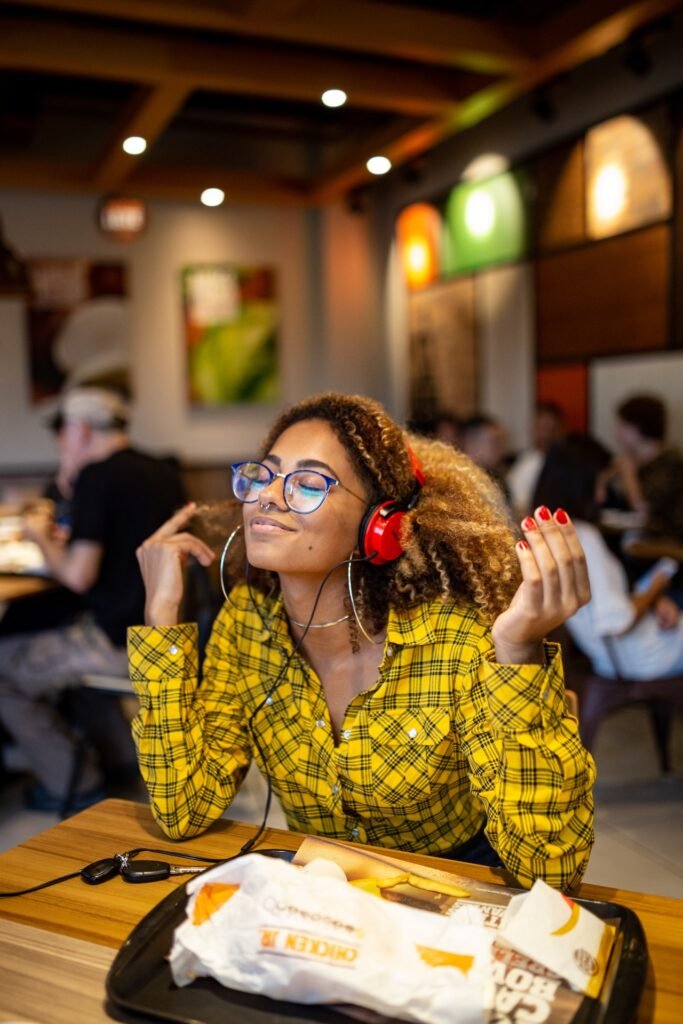Bollywood music has undergone significant evolution over the years, from classical to modern times. Here’s a brief overview of the evolution of Bollywood music:
- Classical Era (1940s-1960s): Bollywood music during this period was heavily influenced by Indian classical music. Composers like Naushad, Shankar-Jaikishan, and Laxmikant-Pyarelal created melodies based on ragas and used instruments like sitar, tabla, and harmonium.
- Golden Era (1960s-1970s): The 1960s and 1970s saw the rise of legendary singers like Lata Mangeshkar, Mohammed Rafi, and Kishore Kumar. Composers like R.D. Burman and S.D. Burman experimented with different genres of music, including rock, jazz, and funk, and used electronic instruments like synthesizers and guitars.
- Disco Era (1980s): The 1980s saw the emergence of disco music in Bollywood, with composers like Bappi Lahiri creating popular songs with a disco beat. This era also saw the introduction of remixes and cover versions of older songs.
- Pop and Indi-Pop Era (1990s): The 1990s saw the rise of pop music in Bollywood, with composers like A.R. Rahman and Jatin-Lalit experimenting with Western music styles. Indi-pop, a fusion of Indian and Western music, also gained popularity during this time, with artists like Alisha Chinai and Baba Sehgal creating hits.
- Contemporary Era (2000s-present): The contemporary era of Bollywood music is characterized by a mix of different genres and styles, from hip-hop to EDM to Punjabi pop. Composers like Vishal-Shekhar, Pritam, and Amit Trivedi continue to experiment with different sounds and styles to create catchy and memorable songs.
Overall, the evolution of Bollywood music has been shaped by the cultural and social changes in India over the years, and continues to evolve and adapt to new trends and influences.



